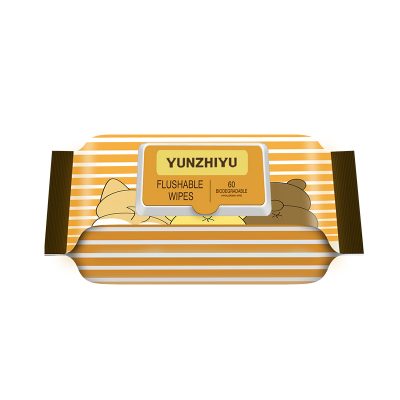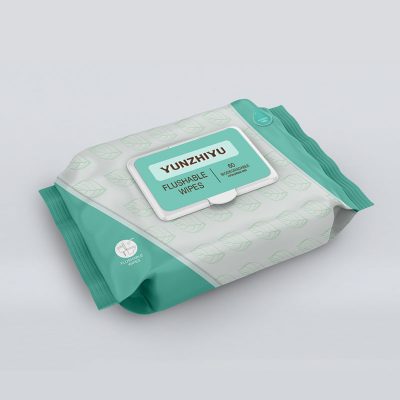Many young people now always like to bring a few packs of wet tissues when they go out. In order to prevent places where there is no hand washing outside, or before meals or after going in and out of public places, they can take them out and wipe them at any time instead of washing their hands. They think this will save trouble. It is also hygienic, and even mistakenly thinks that it can be sterilized. However, wet wipes contain various additives. Excessive contact may cause skin irritation. The reasonable disinfection method is to wash hands with soap and rinse with running water.
Many customers feel that “wet wipes” should be made of paper in short. However, the main raw material for the production of wet wipes is actually non-woven fabric, the main component of which is polypropylene grade polypropylene. Therefore, the large-scale application of wet paper towels not only wastes precious petroleum resources, but also is not easy to decompose after being discarded, which easily leads to new “white garbage”.
The liquid medicine composition of wet wipes is usually around 80%, and the main composition is water and additives. In order to prevent the water from reacting with the liquid medicine, the water used in the wet wipes must be uniquely treated water such as refined water and pure water.
Because wet wipes contain various additives, too much exposure to preservatives, alcohol and other chemical components can easily cause skin allergies such as contact dermatitis. Moreover, most people will not wash their hands after using wet tissues, and the chemical components will remain on their hands, which is particularly harmful to children. A study in the United States also showed that when wet tissues are reused, not only can they not eliminate bacteria, but they will transfer some of the surviving bacteria to the uncontaminated surface. Therefore, it is important to note that it is reasonable to change a paper towel every time you wipe a new surface, let alone wipe sensitive parts such as eyes.


















